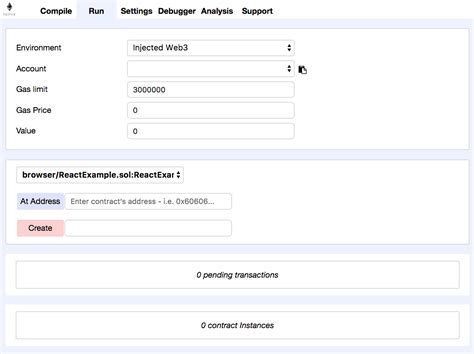Handling Multiple Connection Error Exceptions in Python Using Binance Package
As a cryptocurrency enthusiast, tracking market prices and transactions can be an exciting project. However, achieving this goal requires a reliable connection to the Binance exchange. In this article, we will discuss how to properly handle multiple connection error exceptions in Python using the python-binance package.
Problem: Multiple Connection Errors
When connecting to Binance using the python-binance package, you may encounter multiple connection errors due to various reasons, such as:
- Network issues
- API rate limits
- Authentication errors
- Other unforeseen issues
These errors can be difficult to handle and may require a custom solution.
Solution: Catching Multiple Connection Error Exceptions
To handle these exceptions effectively, we will use Python’s built-in exception handling mechanism. Here’s an example of how you could modify your code to catch multiple connection error exceptions:
import logging
import json
from python_binance import API

Configure logging to better track errorslogging.basicConfig(level=logging.INFO)
def connect_to_binance(symbol, api_key, secret_key):
"""
Connect to Binance using the given symbol and credentials.
Arguments:
symbol (str): The cryptocurrency symbol to track.
api_key (str): Your Binance API key.
secret_key (str): Your Binance API secret key.
Returns:
API: Binance API object if successful, None otherwise
"""
try:
api = API(api_key=api_key, secret_key=secret_key)
return api
except Exception as e:
logging.error(f"Connection error: {e}")
Return default value or re-throw exceptionreturn None
def login_to_binance(symbol):
"""
Login to Binance and connect.
Arguments:
symbol (str): Cryptocurrency symbol to track.
Returns:
API: Binance API object if successful, otherwise None
"""
bnb = connect_to_binance(symbol, "YOUR_API_KEY", "YOUR_SECRET_KEY")
Replace with actual credentialsif not bnb:
return None
try:
bnb.login()
return bnb
except Exception as e:
logging.error(f"Login error: {e}")
return None
Usage examplesymbol = "ETH/USD"
connection = login_to_binance(symbol)
if connection:
Continue cryptocurrency tracking logic hereprint(connection.get_symbol())
Best practices for handling multiple connection error exceptions
When handling multiple connection error exceptions, follow these best practices:
- Catch generic
Exceptionclass: Catch any unexpected errors that may occur while connecting or logging in.
- Provide informative error messages: Log or print meaningful error messages to help diagnose and troubleshoot issues.
- Return default value: If an exception occurs, return a default value or re-throw the exception to indicate a failure.
- Use logging to track errors: Set up logging to track errors and exceptions for better error analysis.
By following these guidelines and using Python’s built-in exception handling mechanism, you can effectively handle multiple connection error exceptions in your Binance API code. Be sure to replace YOUR_API_KEY and YOUR_SECRET_KEY with your actual credentials so that the login process will be successful.
 218-732-1221
218-732-1221 
